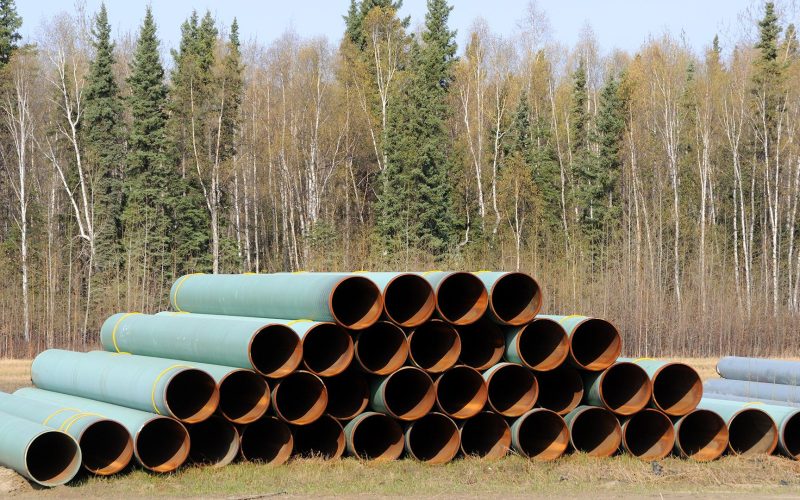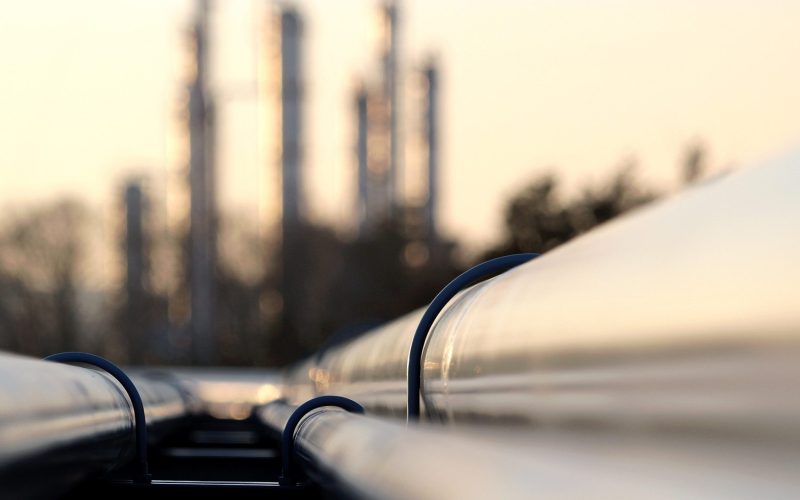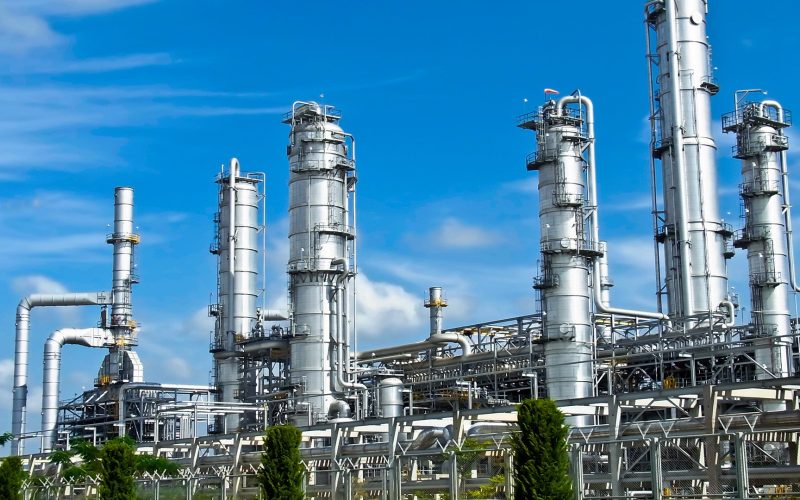THE VOICE FOR THE ENERGY CONSUMER

The delay on Line 3 continues to allow the current pipeline to deteriorate. Built more than 50 years ago, the updates needed are imperative. A new line will have the.

I recently joined Consumer Energy Alliance after several years of working for a business trade group. When I started, I felt like I knew enough about energy to dive right.

In regular news, it was a big week for dogs and beer, that’s because a woman who lost her dog three years ago was reunited this week after finding a.

Albany, NY – Consumer Energy Alliance (CEA), the nation’s leading consumer advocate in support of sensible energy and environmental policy, released the following statement in response to New York Mayor.

CEA Mid-Atlantic Director, Mike Butler, explains that missing out on PennEast’s pipelines cost consumers billions in energy bills in the 2013-2014 and 2017-2018 winters. “Pennsylvania produces affordable natural gas, but.

Kevin Doyle, CEA Virginia State Director, is tired of the circus anti-energy activists continue to create in the courtroom over the Atlantic Coast Pipeline. “The tired modus operandi of suing.

Pipelines make energy affordable for American consumers, families, and businesses. According to the U.S. Census Bureau, crude exports jumped 45% in 2019. S&P Global Platts Analytics provides an infographic depicting.

Pennsylvania legislators overwhelmingly voted yes on a bipartisan Energize PA Initiative on Wednesday, February 5. The measure will support the workers, families and businesses across the state. The initiative has.

Pittsburgh, PA – Consumer Energy Alliance (CEA) today congratulated Pennsylvania’s legislature on the overwhelming passage of the bipartisan Energize PA Initiative in both the House and Senate. This measure will.

LANSING, MI – Consumer Energy Alliance (CEA) noted that in her response to the State of the Union, Gov Whitmer spoke to the nation about the financial struggle millions of.